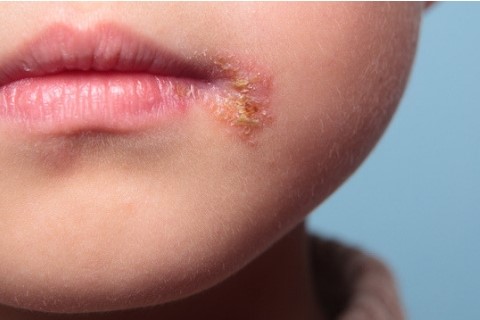
Epidermolysis bullosa and skin cancers: diagnosis and treatment
Skin tumours are a frequent complication of severe forms of epidermolysis. They must be diagnosed and removed early
Patients with severe epidermolysis bullosa may develop carcinomas and skin tumours
In fact, they may show lesions of various appearances: hyperkeratotic or crusty lesions that may mask cancerous lesions beneath their external appearance.
Hyperkeratosis is a thickening of the epidermis due to a proliferation of keratinocytes, the cells of the epidermis specialised in the synthesis of keratin.
There may be nodules that appear suddenly, or lesions that do not heal for a long time. In these situations, the possible appearance of cancerous lesions should always be suspected.
Diagnosis of epidermolysis bullosa
If cancerous lesions are clinically suspected, close clinical surveillance is carried out with repeated visits, during which the history of the child is carefully collected and, above all, a thorough examination is carried out, also accompanied by photographs that allow the evolution of the lesion to be documented.
Surgery in case of epidermolysis bullosa and cavernous lesions
In the most serious forms, especially the dystrophic type (those characterised by the appearance of blisters all over the body since childhood), squamous cell carcinomas are very aggressive and can give distant metastases.
This is the main indication for which surgical intervention is necessary, first of all by taking biopsies of the lesions which, if they confirm the diagnostic suspicion under the microscope, must be surgically removed.
The surgical intervention, once the examination of the biopsy sample has confirmed the suspicion, consists of surgical removal and reconstruction using plastic surgery techniques: flaps or grafts depending on the extent of the neoplasm, the degree of depth and also the anatomical site involved.
In the presence of circumscribed carcinomas that are amply removed, the operation is conclusive.
Unfortunately, however, when the tumour is already in an advanced stage, the risk of recurrence after surgical removal is very high.
For this reason, patients must undergo close clinical surveillance to detect both precancerous and cancerous lesions.
Read Also:
SkinNeutrAll®: Checkmate For Skin-Damaging And Flammable Substances
Healing Wounds And Perfusion Oximeter, New Skin-Like Sensor Can Map Blood-Oxygen Levels
Psoriasis, An Ageless Skin Disease


